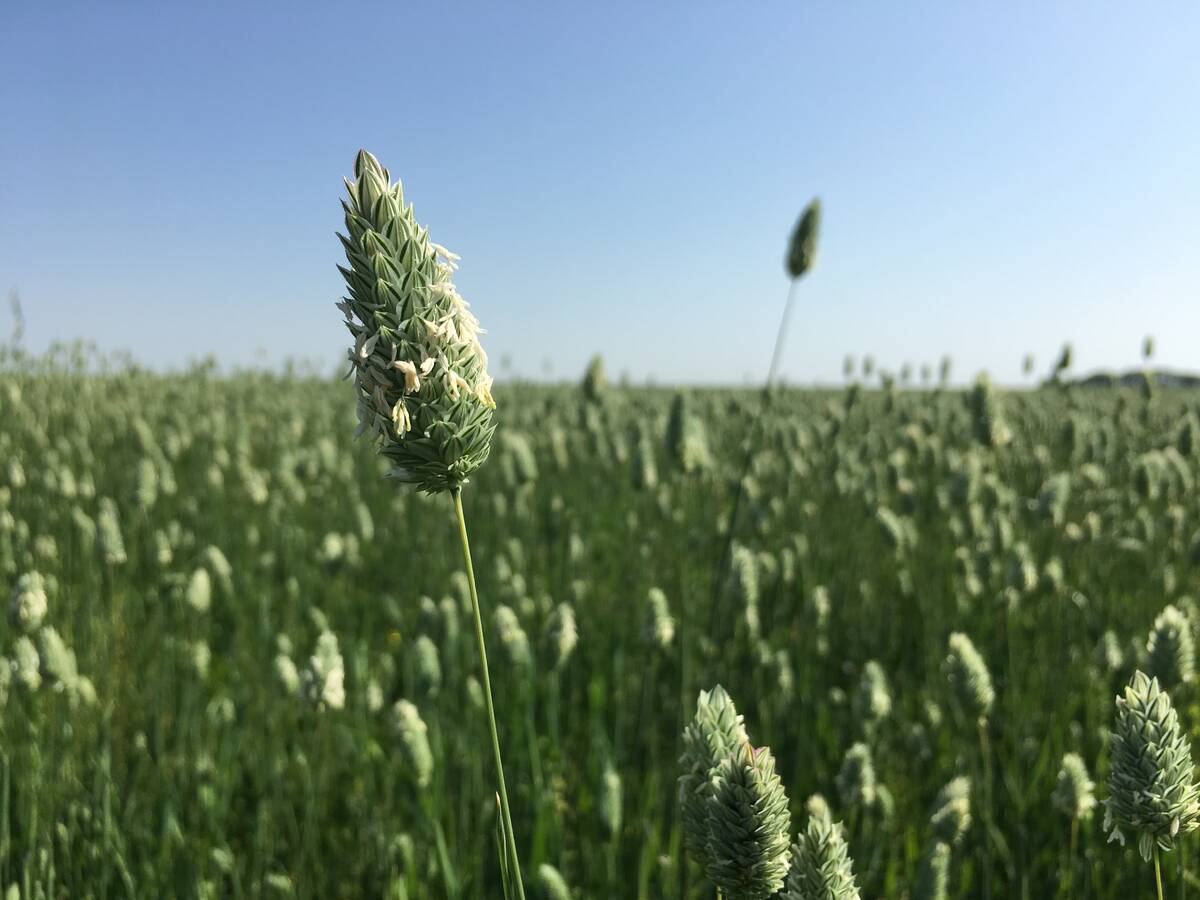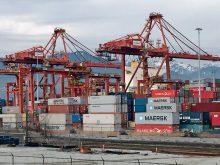Like it or not, the loonie is a petro-dollar.
Most currency analysts believe the price of oil largely determines the value of the Canadian dollar, a perception that provokes an obvious question: if oil has gained 25 percent since January, why hasn’t the Canadian dollar rocketed upward in 2008?
“That’s a popular question these days,” said Camila Sutton, a currency strategist with Scotia Capital in Toronto.
“The Canadian dollar and oil prices have had great correlation over time. However, this year it’s really broken down.”
Read Also

No special crop fireworks expected
farmers should not expect fireworks in the special crops market due to ample supplies.
Since the beginning of 2008 the loonie has been stuck near parity with the U.S. currency, trading between 97 cents US to $1.02. Meanwhile, oil has risen from less than $100 per barrel to more than $126.
Sutton said the loonie-oil link has been severed partly because $120 oil is “putting fear into those economies that are already very vulnerable.”
She said that means high oil prices are viewed as a threat to the economies of the United States and Europe, and worldwide recession is a logical consequence if those major economies are hammered.
The Canadian dollar has been held back because the loonie is a pro-cyclical currency, she added, which means it does well when global growth is strong and the worldwide outlook is healthy.
David Watt, a senior currency strategist with RBC Capital Markets, agreed.
“Through the first part of the year, there was a great deal of uncertainty about the global economic outlook,” he said.
Sal Guatieri, senior economist with BMO Capital Markets, had a simpler answer.
“I think the main reason the Canadian dollar has lagged behind … is that it got ahead of itself last year,” Guatieri said.
“For most of last year, (analysis models) were saying the Canadian dollar was overvalued. Its appreciation was not warranted by the run-up in commodity prices.”
Because prices for oil, wheat and coal have continued to climb this year, Guatieri said the loonie’s value is now better aligned with commodity prices.
So what now?
Guatieri said an anticipated interest rate cut in Canada is holding the loonie back and could push it lower.
With the Bank of Canada interest rate at three percent and the U.S. Federal Reserve rate at two percent, Guatieri feels that gap should narrow.
“Traders have been reluctant to bid up the Canadian dollar in an environment where the Bank of Canada may continue to cut rates.”
There is also a growing feeling that the U.S. dollar is on the rebound. For the last month the performance of the greenback has been stronger, gaining against most major currencies.
“Sentiment has come from being very, very negative to the U.S. dollar to a more neutral stance,” Sutton said.
But since the loonie is a petro-dollar, oil can quickly alter predictions of a slightly weaker Canadian dollar.
“If oil goes to $150 per barrel, the Canadian dollar will not be at parity. It will be well above parity,” Guatieri said.















